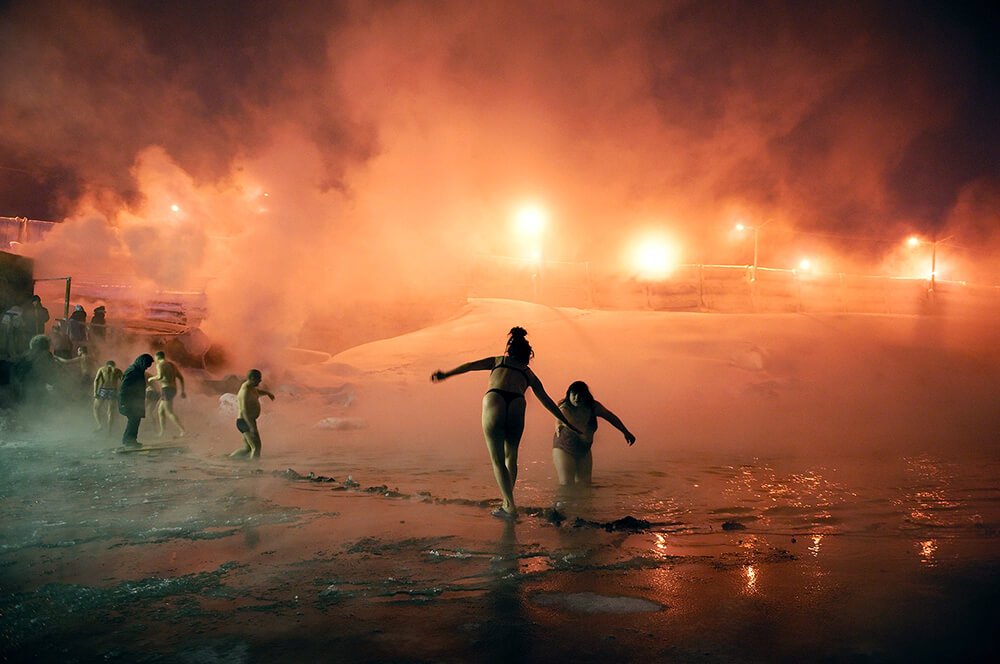INTERVIEW
Brutal Beauty in an Arctic Town
WITH ELENA CHERNYSHOVA
An interview with Elena Chernyshova
Every year we run a Series Award through which we celebrate series of work from emerging photographers. The winner receives a solo exhibition and this year we’re collaborating with Galerie Intervalle in Paris – a global hub for photographic practice, hosting exhibitions, talks and events, as well as representing 10 of the most exciting emerging artists in the photographic sphere. The Series Award is open to all Life Framer Members.
In the lead up to the deadline for this year’s award (31 August 2019) we’re sharing a number of articles that explore the work of Galerie Intervalle’s represented artists…
Elena Chernyshova’s series ‘Day’s of Night – Nights of Day’ is about the daily life of the inhabitants of Norilsk, a mining city northernmost of the polar circle with a population of more than 170,000. The city, its mines and metallurgical factories were constructed by prisoners of the Gulag. With 60% of the present population involved in the industrial process, the work aims to investigate human adaptation to extreme climate, ecological disaster and isolation. Norilsk is the 7th most polluted city in the world, and the average temperature is -10C, reaching lows of -55C in winter, when for two months the city is plunged into polar night. The living conditions of the people of Norilsk are unique, making their plight incomparable.
Here we ask Elena about how the project emerged, and the challenges of shooting in such extreme conditions…
Many people have a fascination with the extreme north, but you chose to go to one of the most polluted places. Why Norilsk?
Ecology was one of the factors of my choice, but not the main one. I was wondering why people choose to live in high latitudes, what makes us create whole cities in inhuman conditions, and how people adapt to these conditions in their daily lives.
Norilsk is a very unique city. Rich deposits of minerals were discovered in the beginning of the 20th century before the Revolution. Plans were made to extract minerals and send them for processing in the regions with better climates.
The Communist government came to power after. They had other visions and ambitions. It was decided to build factories in these latitudes and to establish a city. Two labor camps were organized on the territory of Norilsk. First mines, factories and the first parts of the city were built by prisoners. Even the geologist Urvantsev who discovered minerals, and architects who designed a general plan of Norilsk were its prisoners. Camps existed for around 20 years until the death of Stalin.
Could this kind of city be organized nowadays? I am not sure. It is more common nowadays to create a temporary settlement around an industrial site where workers arrive for 1-2 month shifts, with their families staying in other regions.
Another particularity is the level of isolation. The city has no ground links to other regions and people often name the rest of the country the “mainland”. They feel as if they are on an island.
My investigation was about adaptation of people to these unusual conditions.
You’ve done a lot of stories all over Russia and the world. Was there anything that surprised you about Norilsk? Something you weren’t expecting?
Existence of this city in the first place – that was the most surprising thing!
Given that Norilsk is one of the most polluted and challenging places on the planet, what makes people want to stay there?
The most unbelievable answers that I have gotten from inhabitants were things like: “I love nature here, it has a magical beauty and I am strongly attached to it” and “It is my zone of comfort. I know everybody here, my child can walk alone by foot to school, my vacations are 54 days, in 5-10 minutes I can meet my friends as the city is very compact, I have lots of free time for hobbies”.
However, not everybody thinks like this. Lot of people are leaving, especially the young and retired. The former are trying to get higher education in other cities, and the latter have no more job attachment and usually have a good retirement pension so can afford to move.
Lot of people try to move and some are coming back. They can’t find job and infrastructure that will provide them with an equal quality of life in other regions.
Job stability and salaries attract people from regions with high levels of unemployment. They say that they prefer to smell pollution and freeze during 9 months of winter but to provide a good future for their children.
There are lot of different human stories and different relationships between the city and its inhabitants.
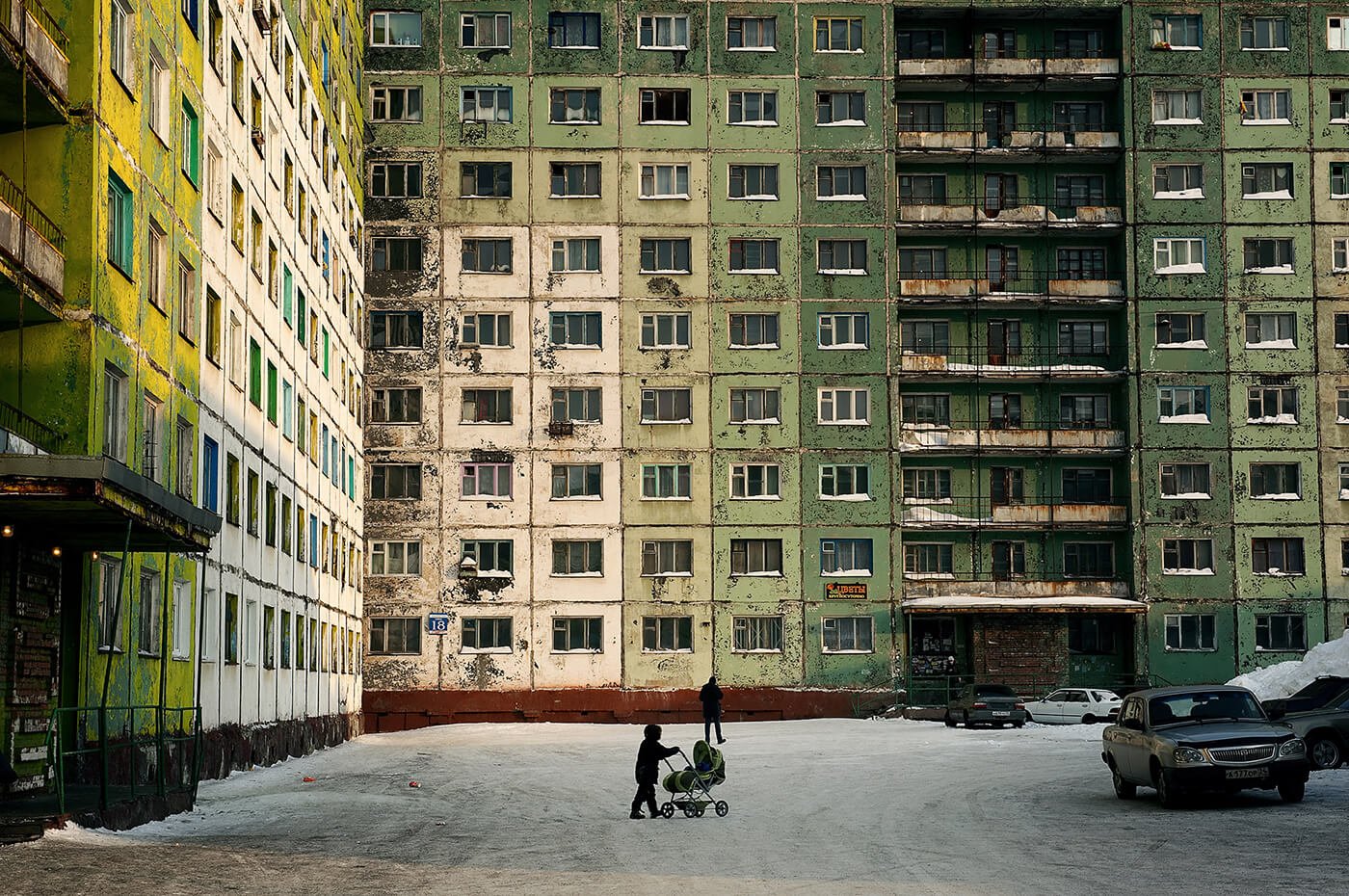
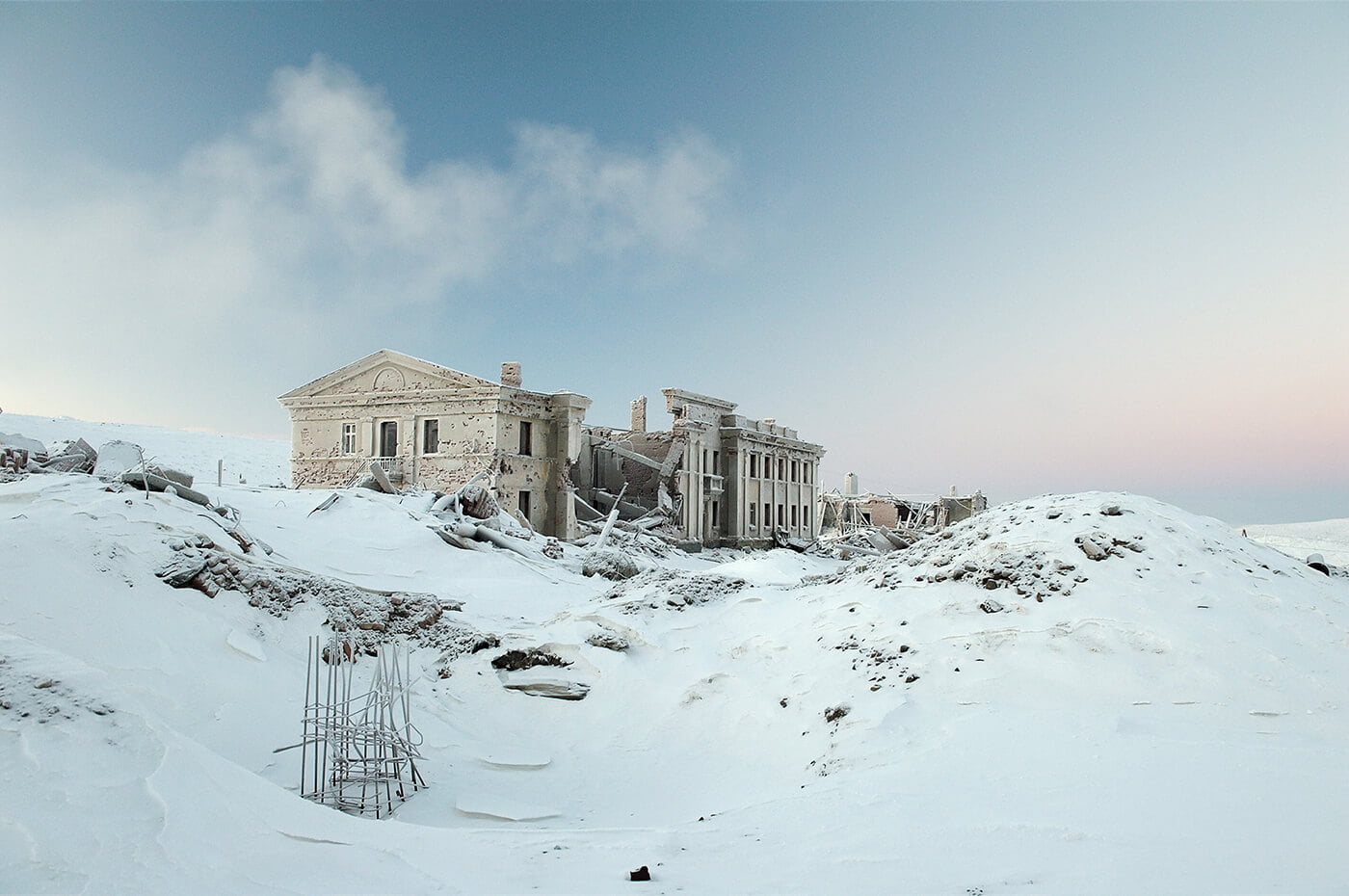
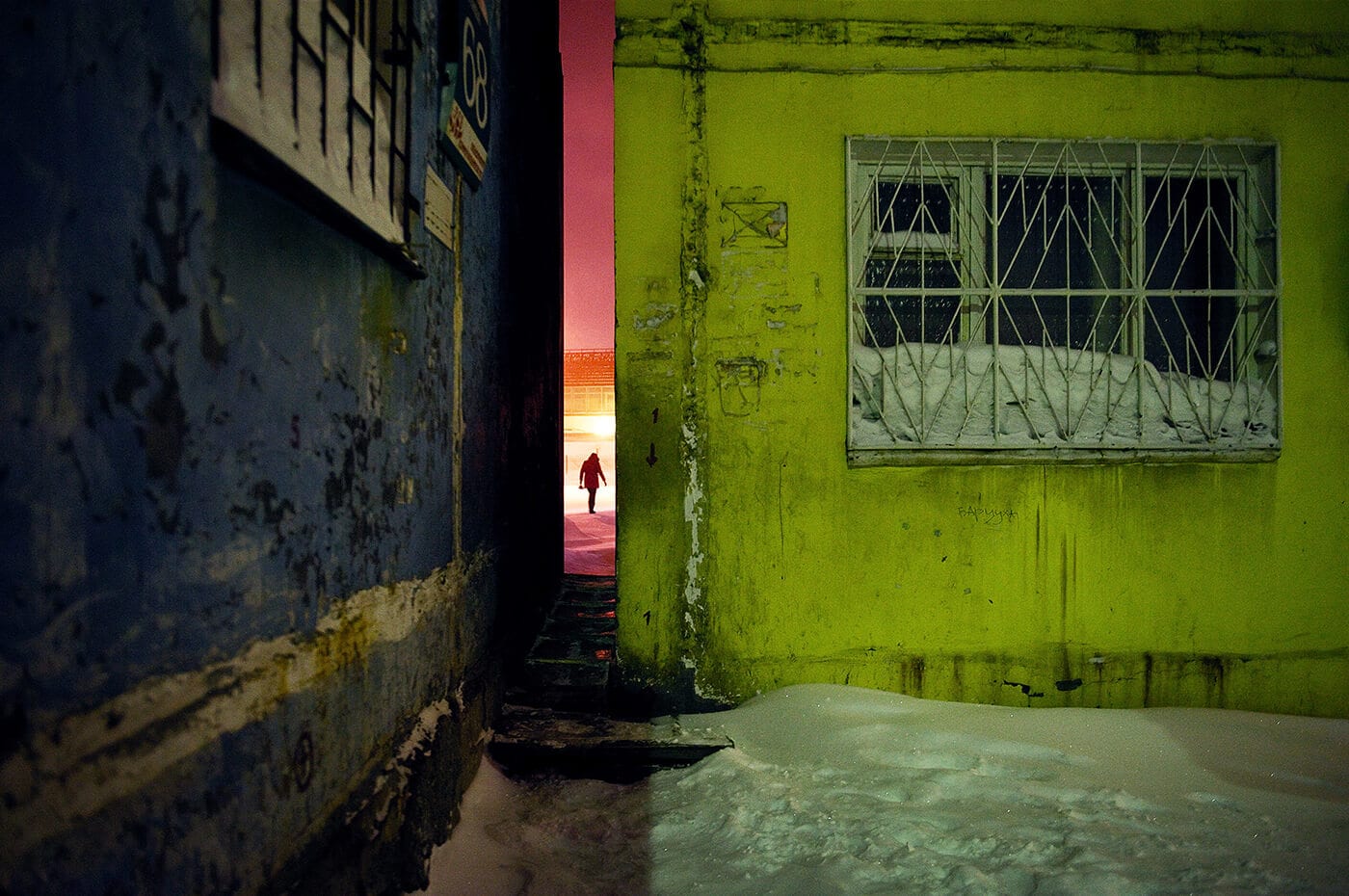
You mention in an interview with the National Geographic that the pollution, climate, and polar night were extremely challenging for you. Could you say more about this?
The most challenging thing for me was the Polar night. I am completely addicted to the sunlight. Absence of light provoked a strong insomnia. I could not fell asleep in a normal way for around a month. I felt extremely tired and wished to go to sleep all day long, but when I reached a bed – nothing, no sleep at all. It was like my body did not recognize that it was awake, so it could not fall asleep. My biological rhythm was completely interrupted. I will never forget the happiness I experienced when I saw the sun for the first time after two months of darkness.
The pollution was difficult. Sometimes there were strong emissions of gas that was brought to the city with the wind. The smell was awful. As I have asthma it was a particularly bad experience.
The cold weather is easy to adapt to. The climate is dry in Norilsk, and perception of cold is not the same as in humid regions. Moreover, the heating in buildings is very good. It can be hard if you arrive from the warm weather, but you adapt in a week or so.
Did these difficulties change how you approached the shoot? Did they teach you anything about yourself?
I learned how much the sun is important to me. And I understood that we do not appreciate enough the common things that surround us in daily life.
What is it that you’d like the world to know about Norilsk through these images? What story are you trying to tell?
I want to explore the capacity of human adaptation. Social experiences. The price we pay for the consumption of rare minerals. I want to show something complex and ambiguous.
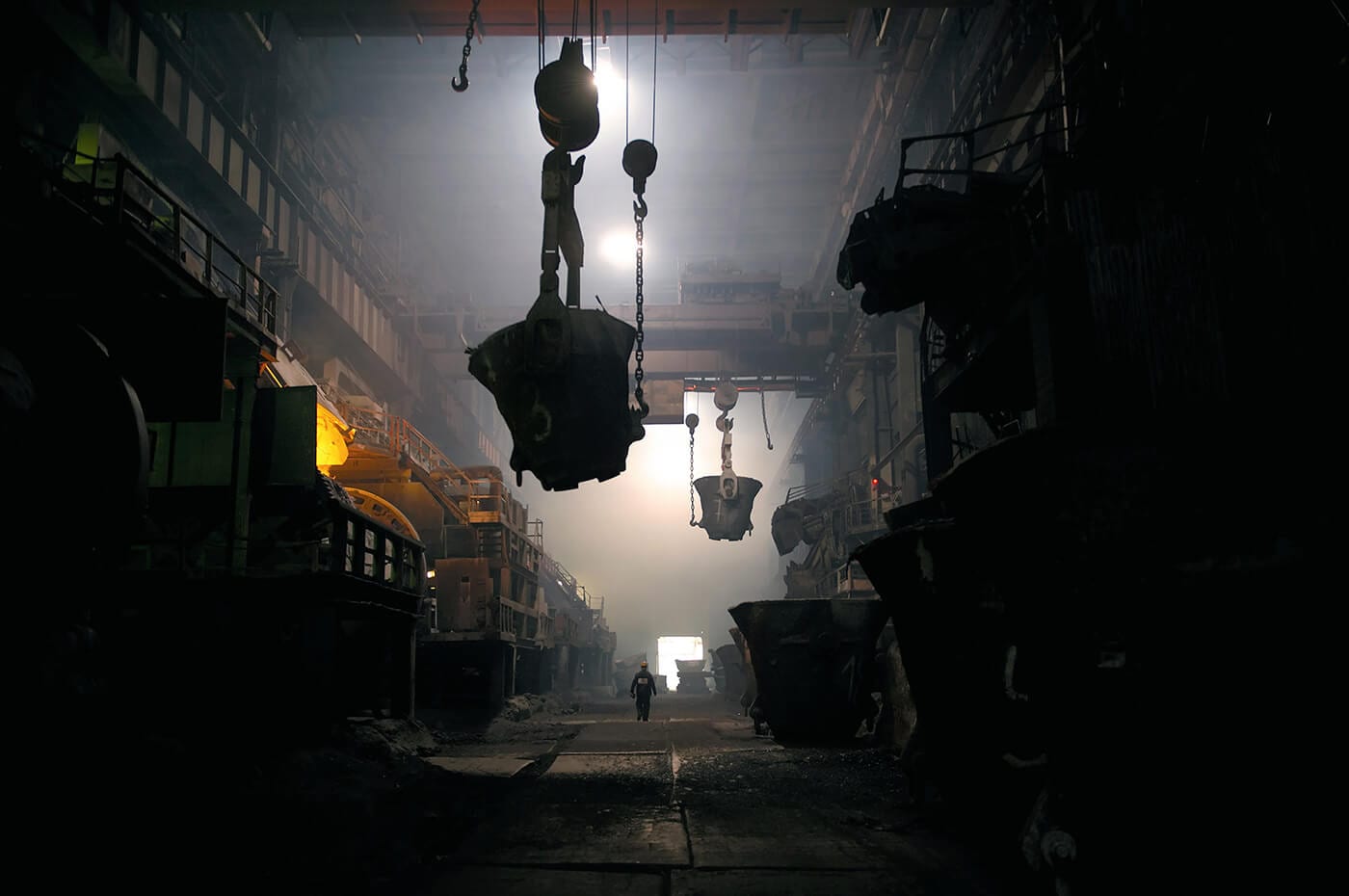
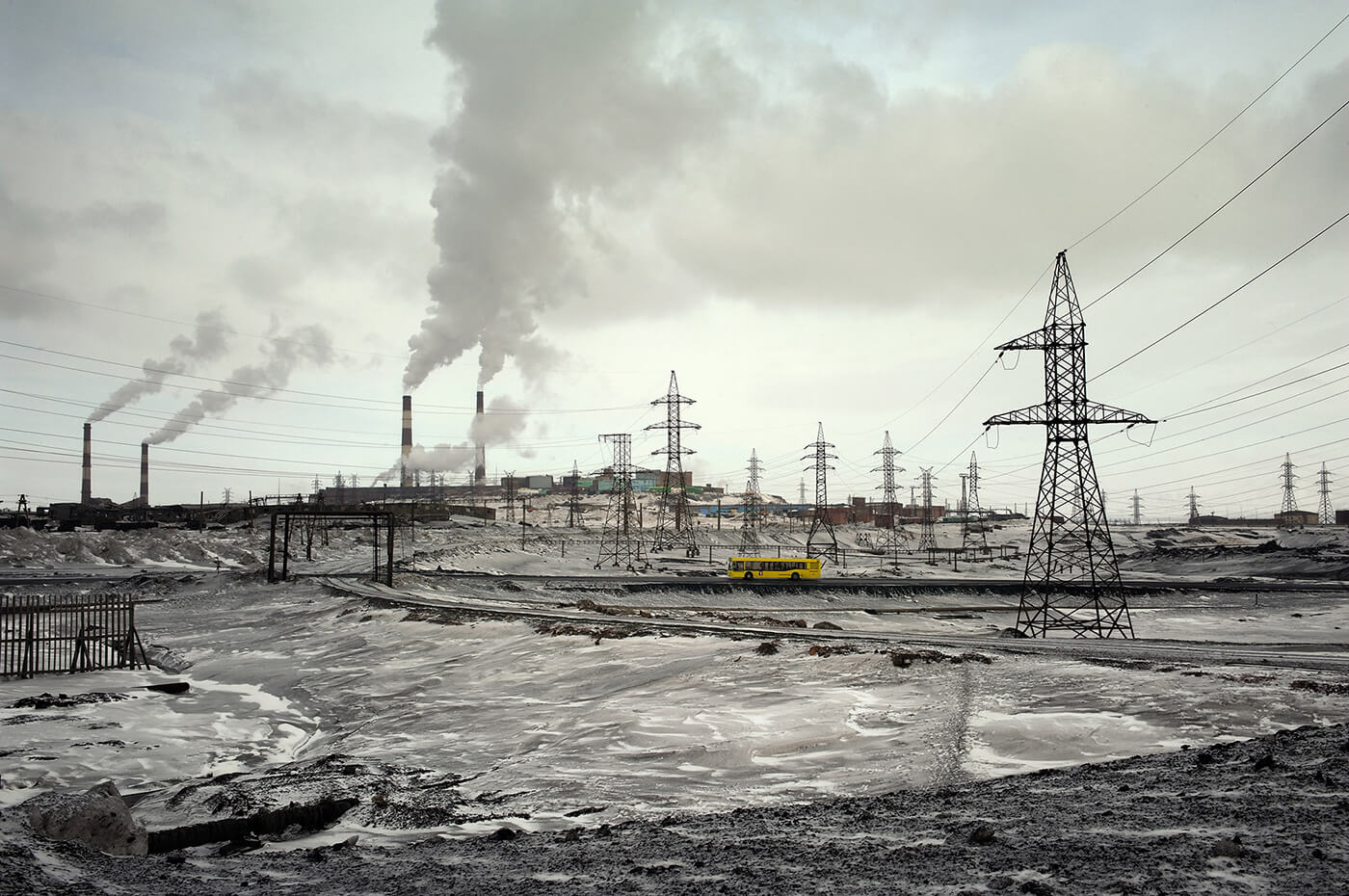
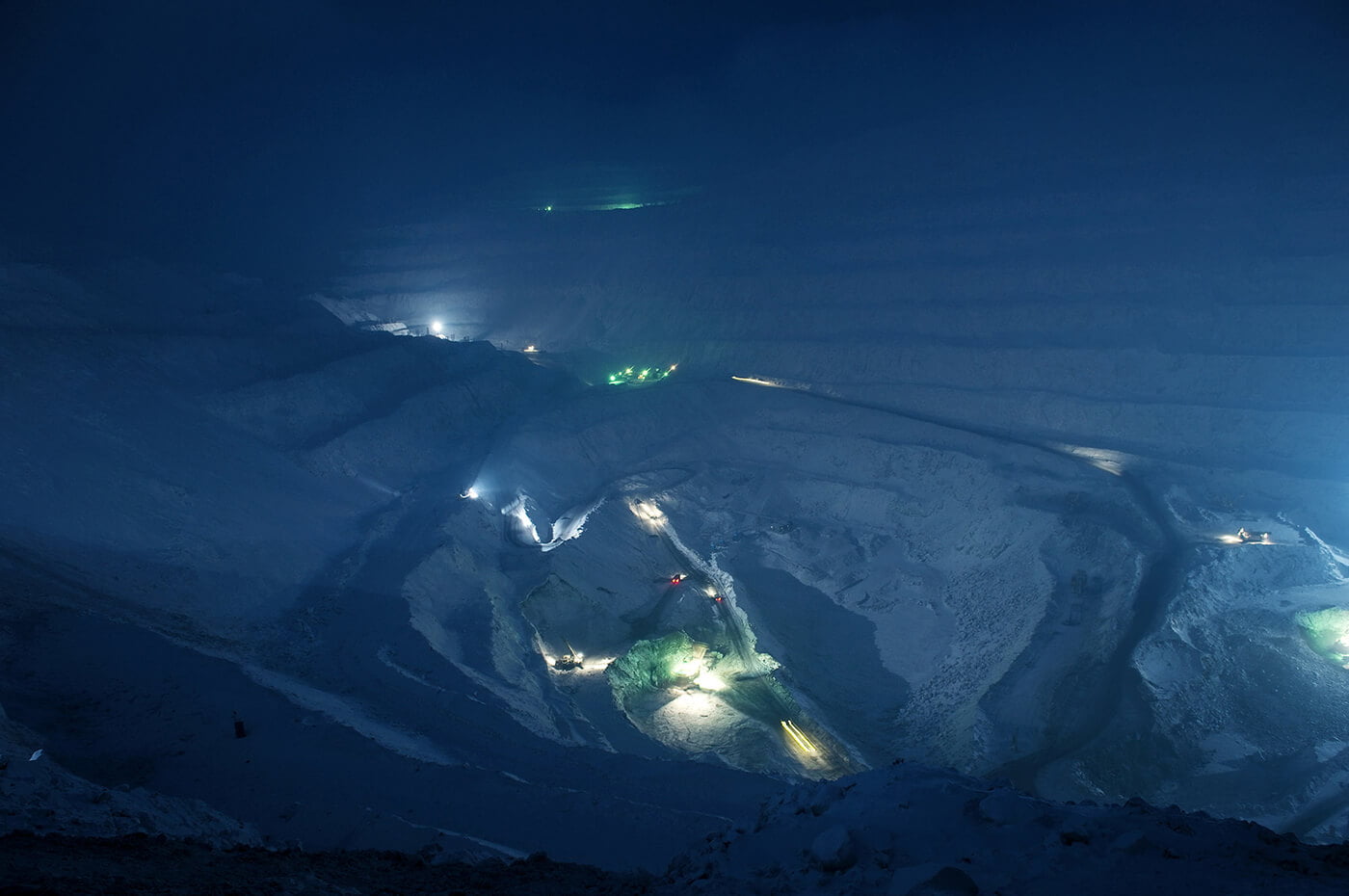
No matter how difficult the subject matter, each image has a sort of haunting beauty. How do you find it? Is there something in particular you’re looking for when you take a shot?
I am looking for a magic in the everyday, when several elements come together and create this moment of elusive beauty through which you can feel eternity. It is like a gift from reality. And it is this emotional experience that I hope to transmit through the frame.
Your photography seems to contain an emotional element, whether you’re capturing broad, sweeping wide-angle shots or close-up personals. Is this intentional?
I am a very emotional person. Emotions are an important part of my perception of this world and I think that it is very natural that they are present in my images. But there is no specific intention. I try to avoid that as intention engages the analytic side of the mind – you start to pretend to do something and to be someone instead of being yourself and getting your own experiences. This can create certain limitations – you will look for something special and reject what is not fitting to it.
I prefer to stay with intuition, to be in a sensitive mode rather than in mental one.
And finally, it seems like much of your work beyond this series has something to do with the ability of humans to adapt to extreme situations. What about this fascinates you?
On one hand it’s the strength of will, the capacity to overcome difficulties. On the other it’s the strong fear of change, when you find that it is easier to accept and to adapt than to struggle and to take a risk. What really interests me is the choice, our right to choose and how we apply it to particular circumstances.
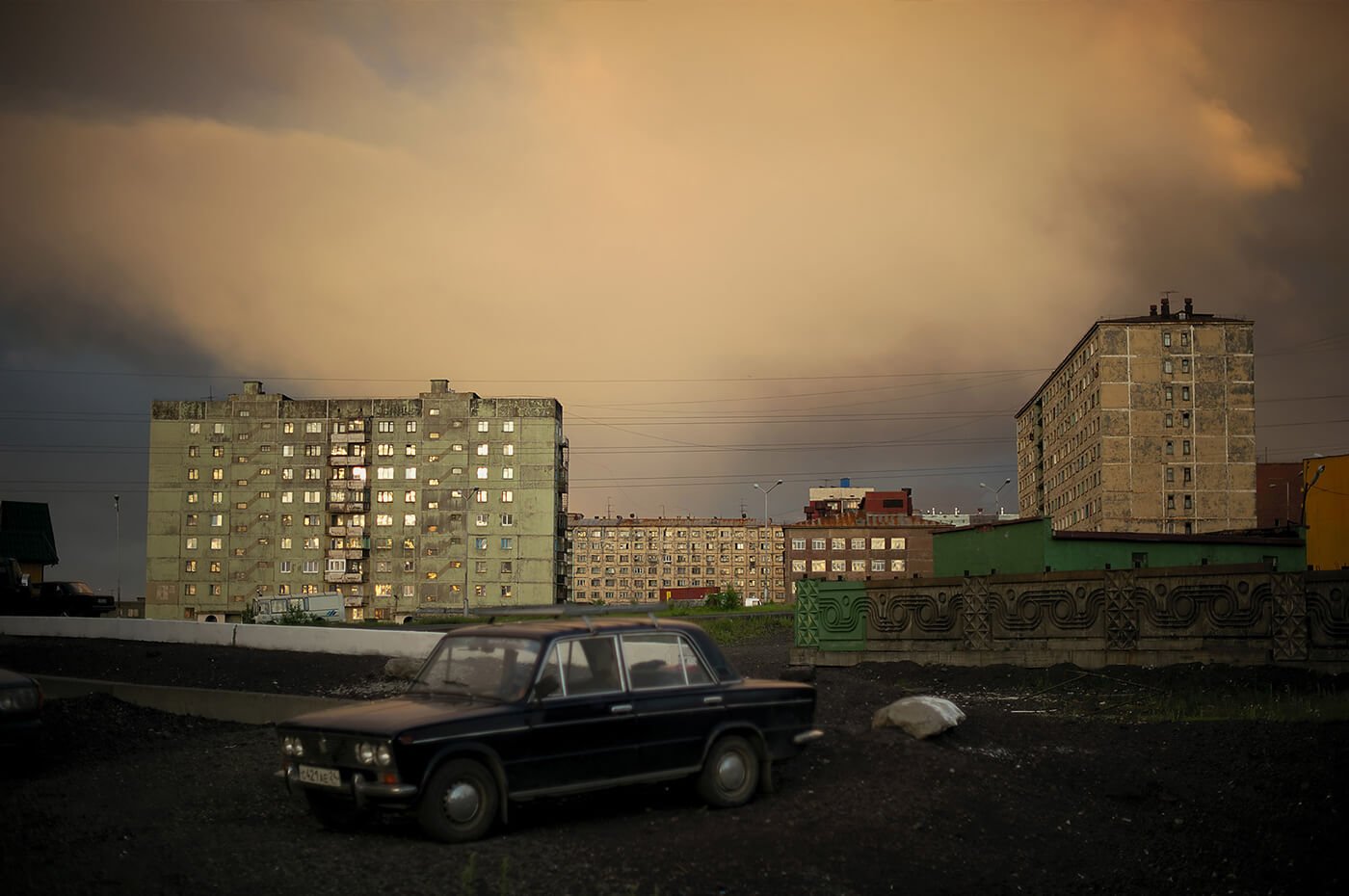
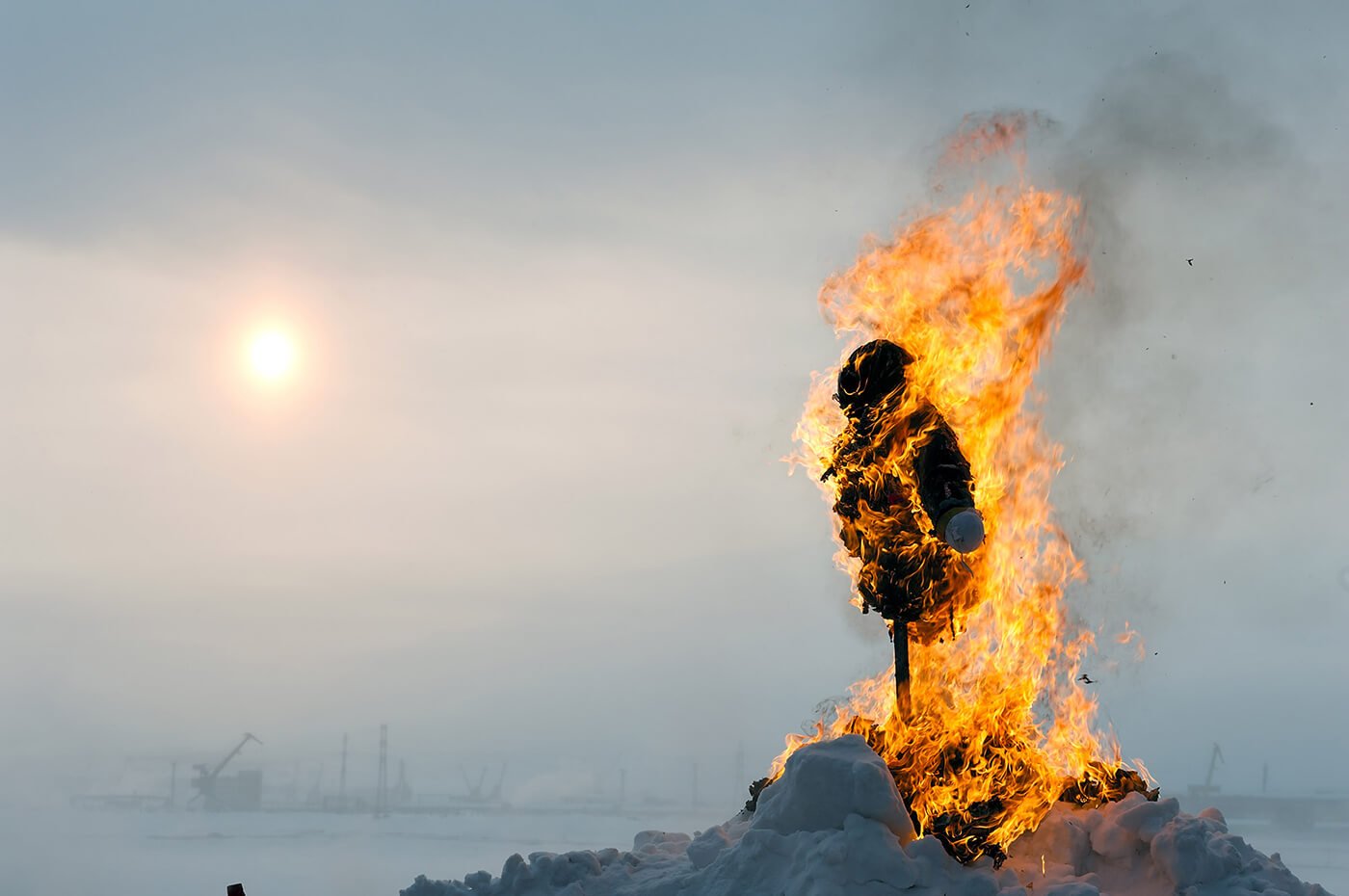
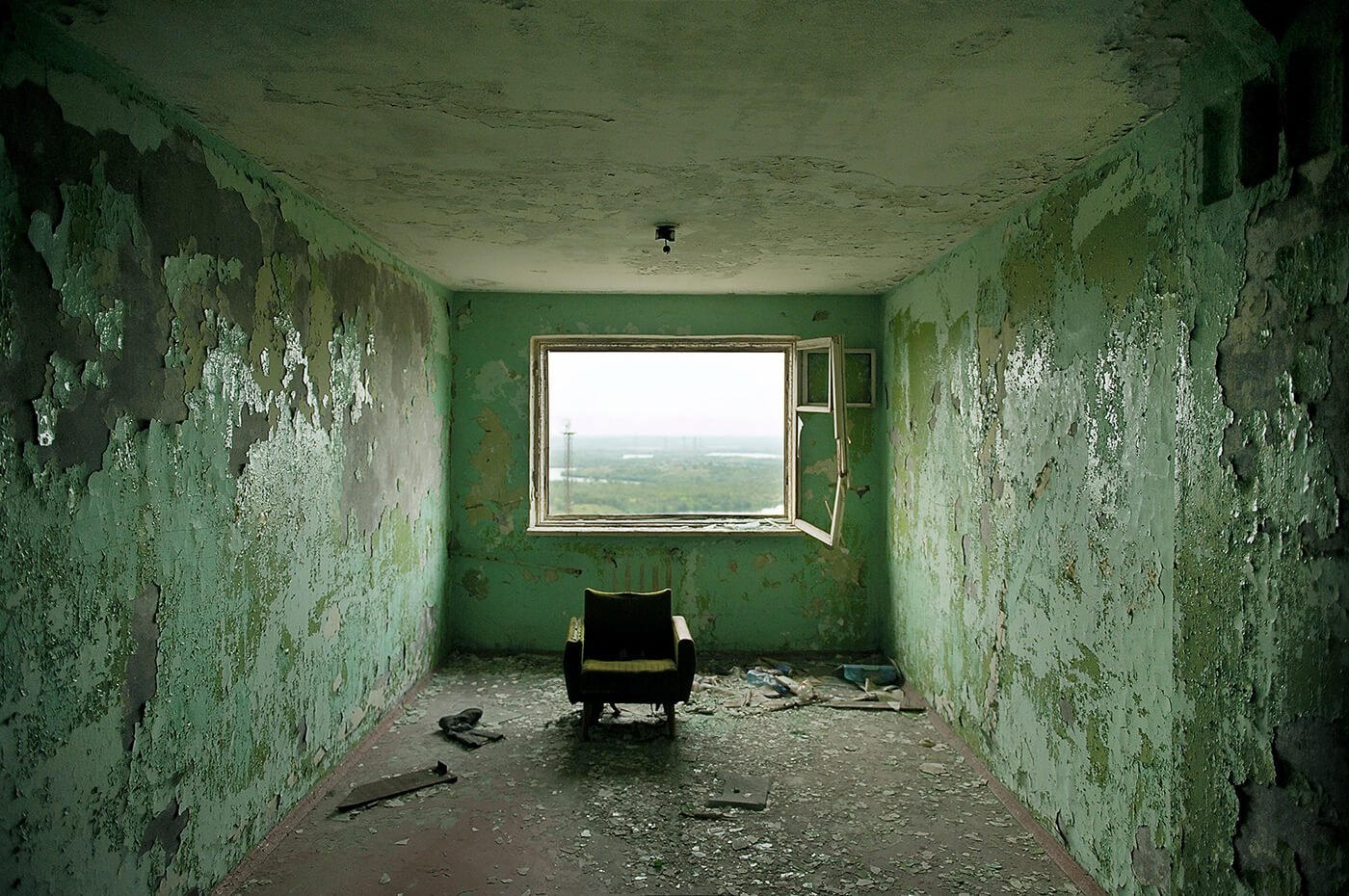
All images © Elena Chernyshova.
See more at www.elena-chernyshova.com and follow her on Instagram: @elena.chernyshova.photography
